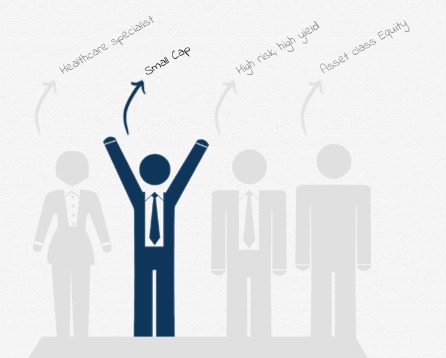Imagine if an alien spaceship on a recon mission to earth were to monitor the Black Friday retail madness this year. What would they make of the riot scene at Best Buy (BBY) over the new Wii U game console or the fist-fight in aisle three at Wal-Mart (WMT) to grab the last 25%-off Samsung 32” color TV? Our visitor would probably conclude that intelligent life hasn’t evolved on this planet yet and hightail it to the next galaxy.
Alas, the Black Friday weekend that kicks off the holiday shopping season is a big deal for some earthlings, including stock market investors. So here are a few points on what to expect this year.
1) Holiday sales historically kick in about 20% of annual retail sales, according to research firm ShopperTrak. The firm is forecasting a 3.3% increase in holiday retail sales in 2012 over the year-ago period.
2) Retailers have a nice calendar to deal with this year. Fully 32 days lie between Black Friday and Christmas Day in 2012, the longest interval possible. There’s a weekend (another shopping opportunity) that falls between Xmas and New Year’s Eve. Hanukkah falls 11 days earlier than last year.
3) Last year, retail sales alone during the Black Friday weekend hit $52.4 billion and the average holiday shopper spent $398, up from $365 in 2010, according to the National Retail Federation. This year, consumers should be skeptical about the discounts on “door buster” promotions. The Wall Street Journal published a fascinating analysis that bargains are often just not what they seem.
4) American shoppers in search of bargains will go to any lengths. Last year, 24% of all Black Friday shoppers were at the stores at midnight on Thanksgiving vs. 9.5% in 2010. This year, some Wal-Mart stores will open up at 8pm on Thanksgiving night to accommodate the hard core crowd.
5) The top three shopping destinations last year were department stores, discounters and clothing outlets.
6) Mobile technology is having a bigger and bigger impact on retail promotional strategies. Some 29% of retailers surveyed recently by the National Retail Federation will use mobile alerts to reach out to consumers, vs. 18.4% last year.
7) 80.6% of major US retailers will employ Facebook (FB) alerts to broadcast their can’t-miss Black Friday sales event. That’s up from 73% in 2011.
8) But interestingly enough, the majority of consumers surveyed by NRF prefer keeping on top of sales the old fashioned way with print advertising circulars (49.5%) and television advertising (30.5%).
9) Black Friday minutia: Great piece by Bloomberg on the history of this retailing holy day. Black Friday originally referred to a lament by factory owners about all the no-show workers the day after Thanksgiving. Only later, after a considerable PR effort by the industry, did the name get associated with over-the-top consumption and retail profits – going “into the black” on their yearly balance sheets.
10) Oh by the way, can Americans really afford this stuff? Consumer spending has been trending up for months. However, the savings rate, after spiking during the financial crisis, is heading down again:

US Personal Consumption Expenditures data by YCharts
Photo: Michael Holden



